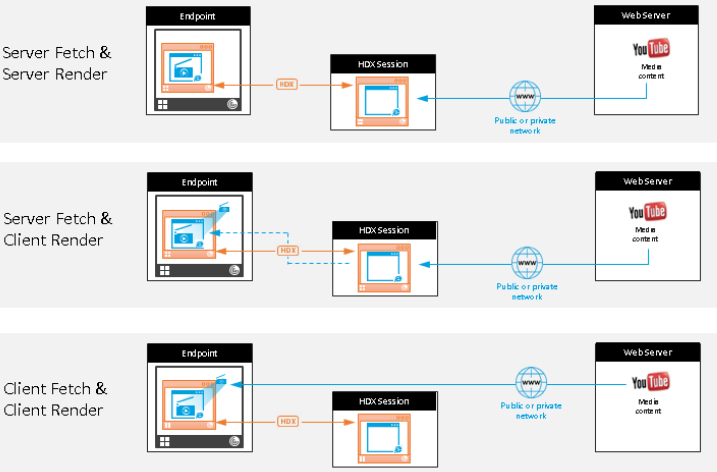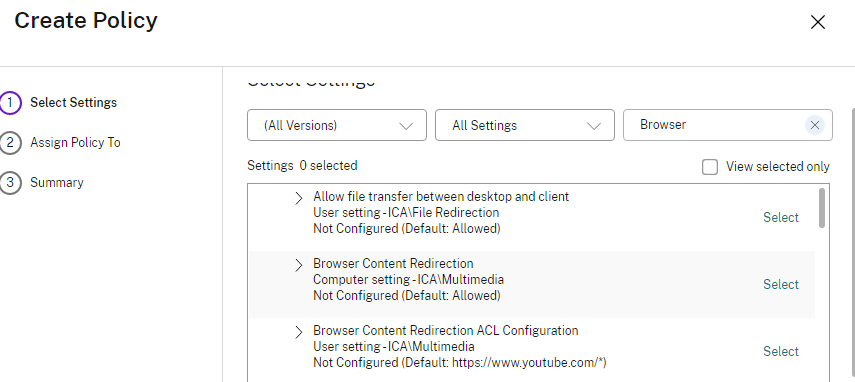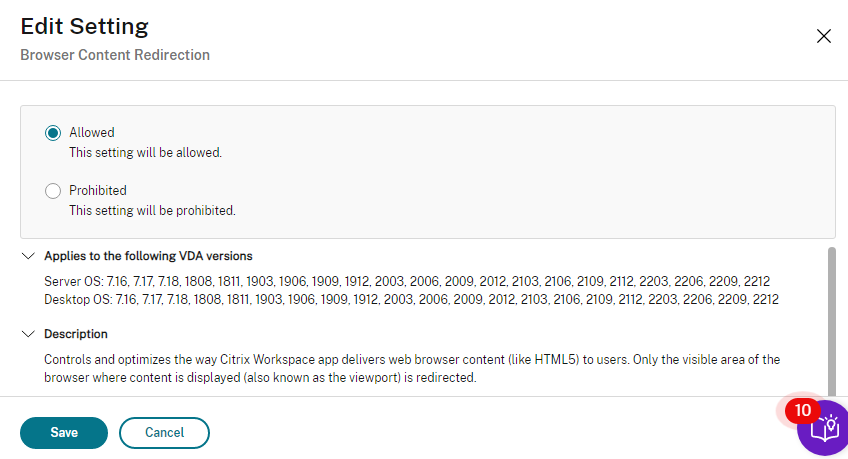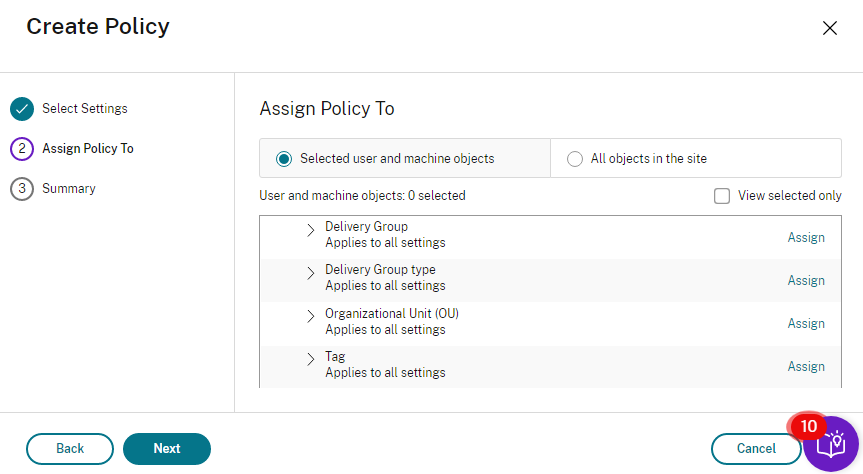Let’s understand what is Browser Content Redirection in Citrix DaaS
Internet browsers are one of the most used and active programs on a virtual desktop. In traditional DaaS solutions, the virtual desktop instance is responsible for fetching and rendering browser content, consuming more RAM and CPU resources, which can lead to a poor browsing experience, reduced scalability, and an increased overall cost.
Citrix browser content redirection optimizes this browsing experience by preventing the rendering of web pages on the remote server or desktop VDA and instead using the Citrix Workspace app for Windows or Linux to leverage a rendering engine on the endpoint.
When enabled, rendering always occurs on the endpoint, while content is fetched from HTTP and HTTPS URLs are configured.
Browser content redirection examines the user’s browser and distinguishes between the user interface elements and the viewport area where content is displayed, the user interface is always rendered on the virtual desktop and transmitted to the endpoint, while the browser viewpoint content area can be rendered on the virtual desktop or redirected to the endpoint device.
Additionally, browser content redirection can optimize the browsing experience by determining which component fetches and renders the content.
Organizations can choose which websites to send to the local endpoint with browser content redirection.
Redirecting resource-intensive, non-business-oriented websites like YouTube to the endpoint helps to reduce the virtual desktop RAM and CPU consumption, providing a higher quality browsing experience and reducing costs.
With browser content redirection enabled in your Citrix DaaS or Citrix virtual apps and desktop site, you can offload Network utilization page processing and Graphics rendering to the endpoint, improving the end-user experience, when browsing demanding web pages.
Let’s see the redirection Scenarios.

Here are scenarios of how Citrix Workspace app fetches content:
- Server fetch and server render: There is no redirection because you didn’t add the site to the allow list or the redirection failed. We fall back to rendering the webpage on the VDA and use Thinwire to remote the graphics. Use policies to control the fallback behavior. High CPU, RAM, and bandwidth consumption on the VDA.
- Server fetch and client render: Citrix Workspace app contacts and fetches content from the web server through the VDA using a virtual channel (CTXPFWD). This option is useful when the client doesn’t have internet access (for example, thin clients). Low CPU and RAM consumption on the VDA, but bandwidth is consumed on the ICA virtual channel.
There are three modes of operation for this scenario. The term proxy refers to a proxy device that the VDA accesses to gain Internet access.
Which policy option should be chosen:
-
- Explicit Proxy – If you have a single explicit proxy in your Datacenter.
- Direct or Transparent – If you do not have proxies or use transparent ones.
- PAC files – If you rely on PAC files, browsers in the VDA can automatically choose the appropriate proxy server for fetching a specified URL.
- Client fetch and client renders: Because the Citrix Workspace app contacts the web server directly, it requires internet access. This scenario offloads all the network, CPU, and RAM usage from your XenApp and XenDesktop Site.
The implementation of Browser Content Redirection is very easy and can be done through Citrix DaaS portal.
In Citrix Cloud Console you can go to DaaS and go to the policies to configure the Policy for the Browser Content Redirection.

Save the settings as shown below

Assign to the delivery groups

So, I hope you have understood now that Browser Content Redirection is a technology built around a URL whitelisting mechanism. Two policies are exposed in Studio for that purpose:
i. Browser content redirection Access Control List (ACL) policy settings (a.k.a the ACL policy)
ii. Browser content redirection authentication sites (the authentication sites policy)
That’s all for today. Thanks for reading this blog and understanding this important feature of Citrix.


